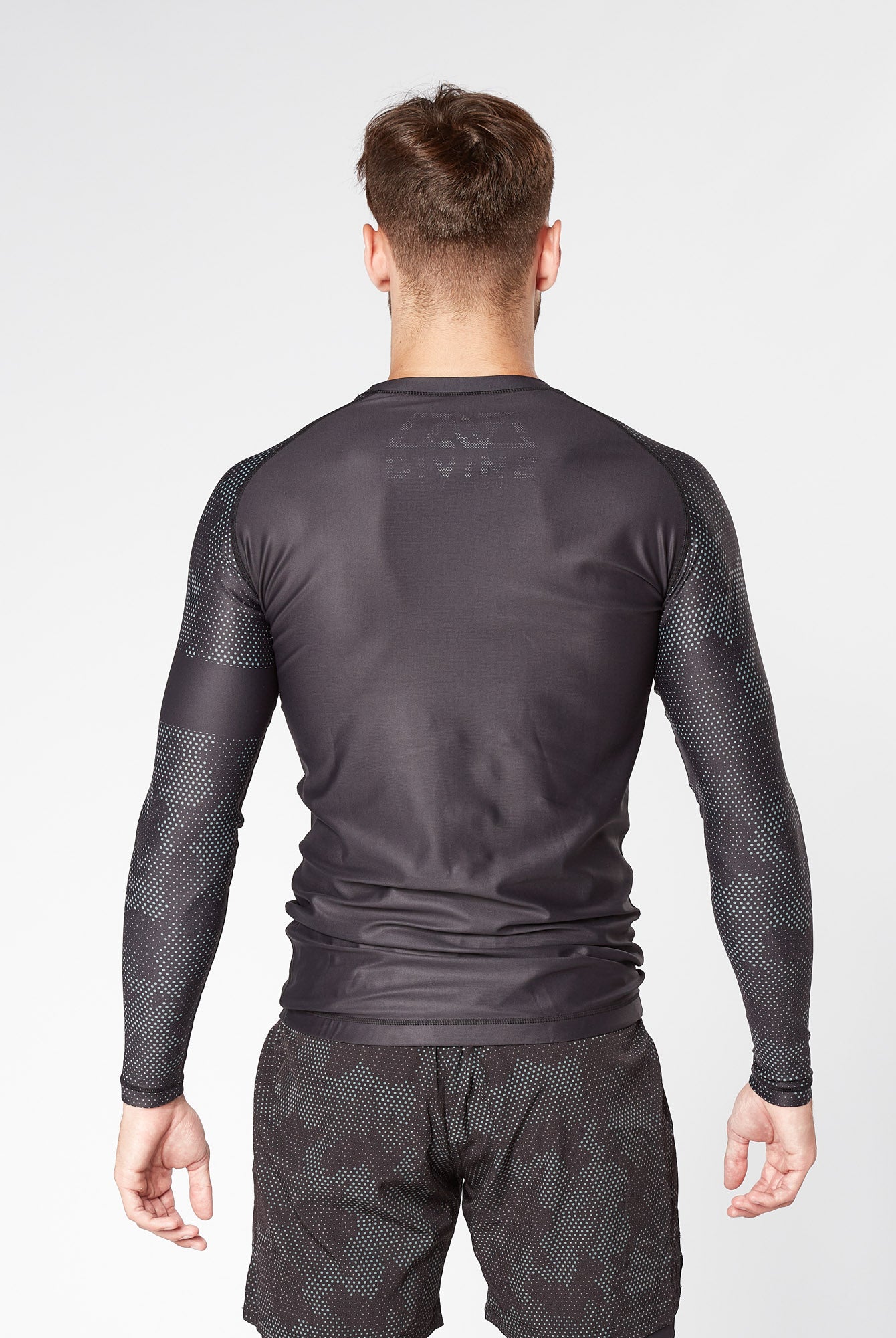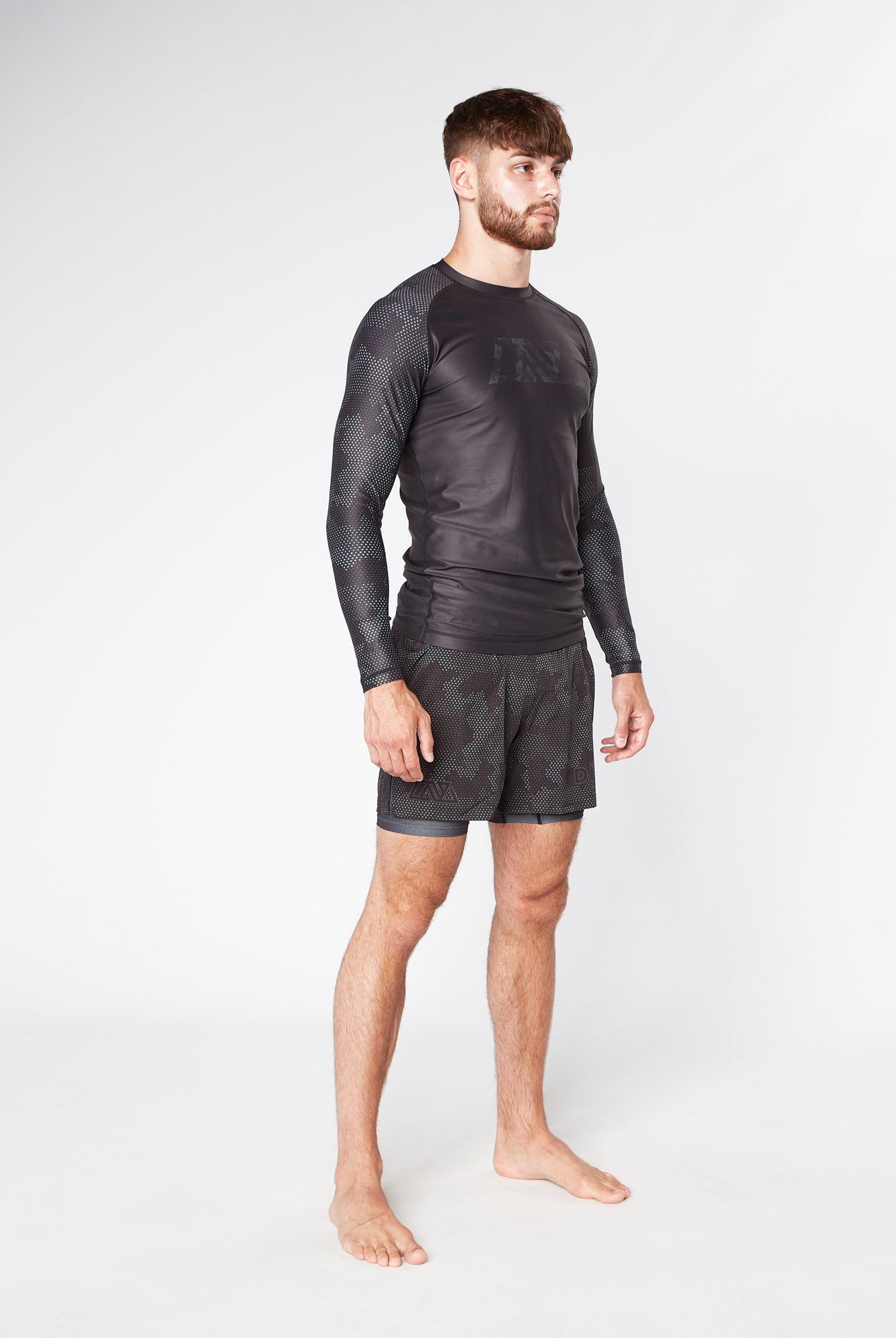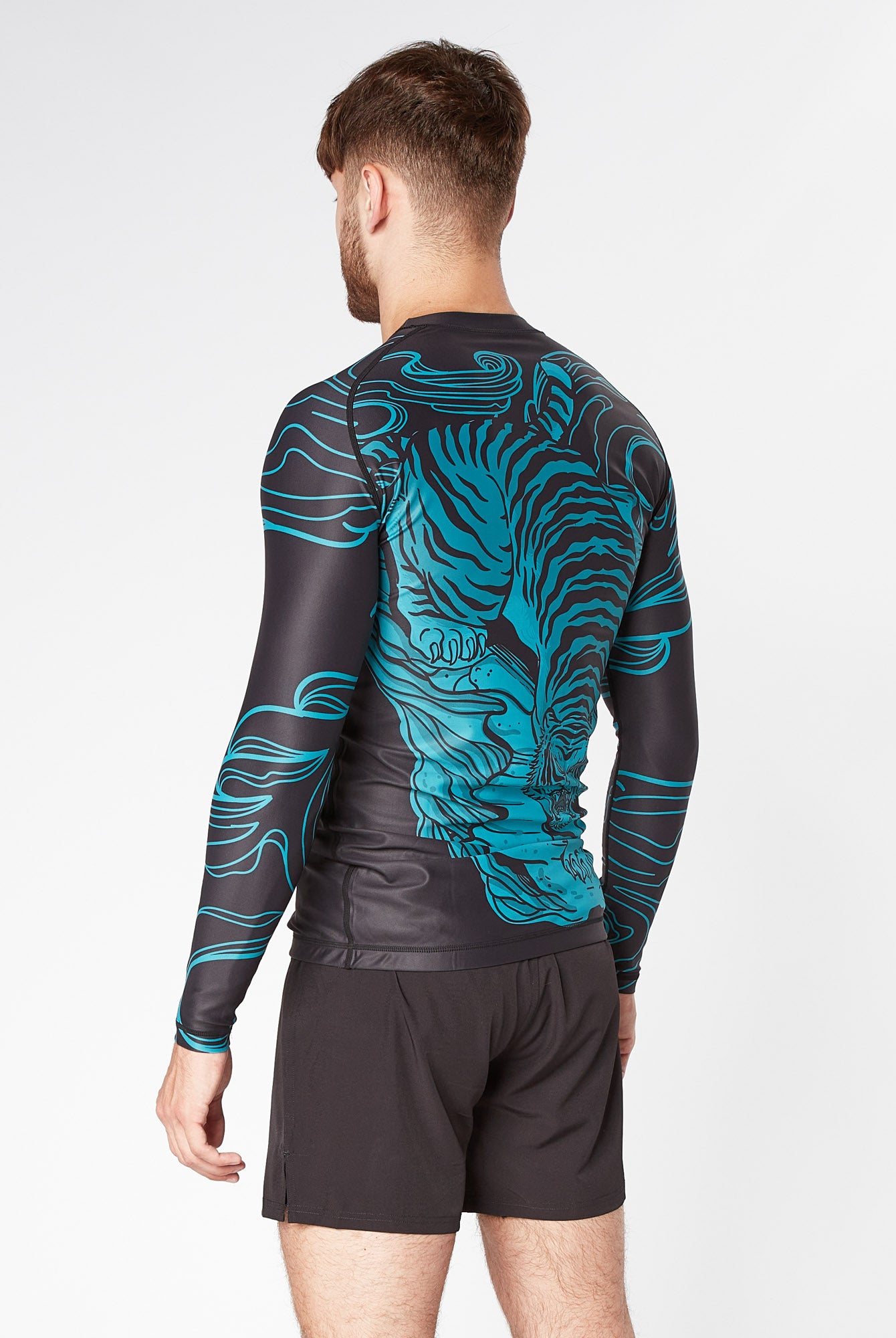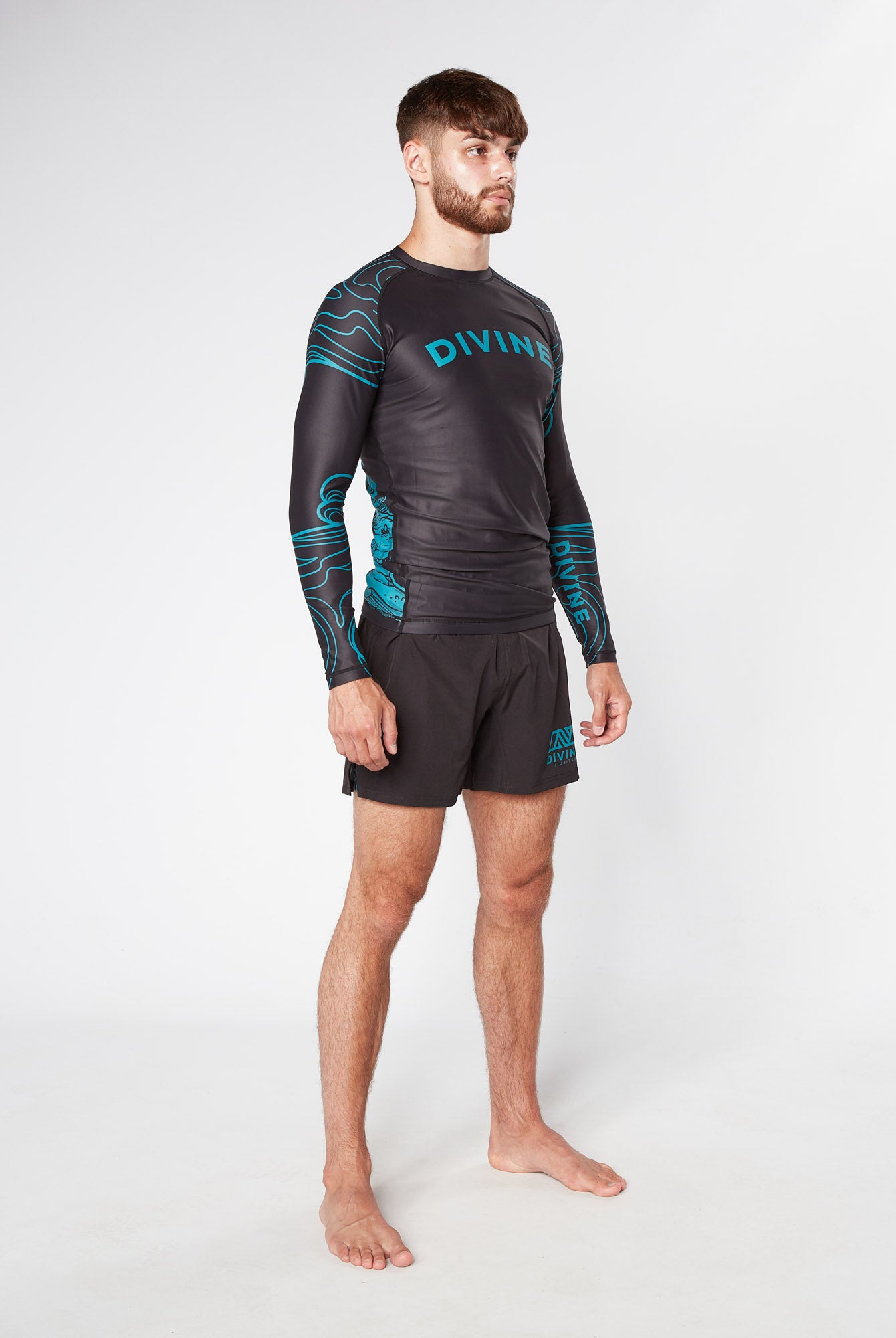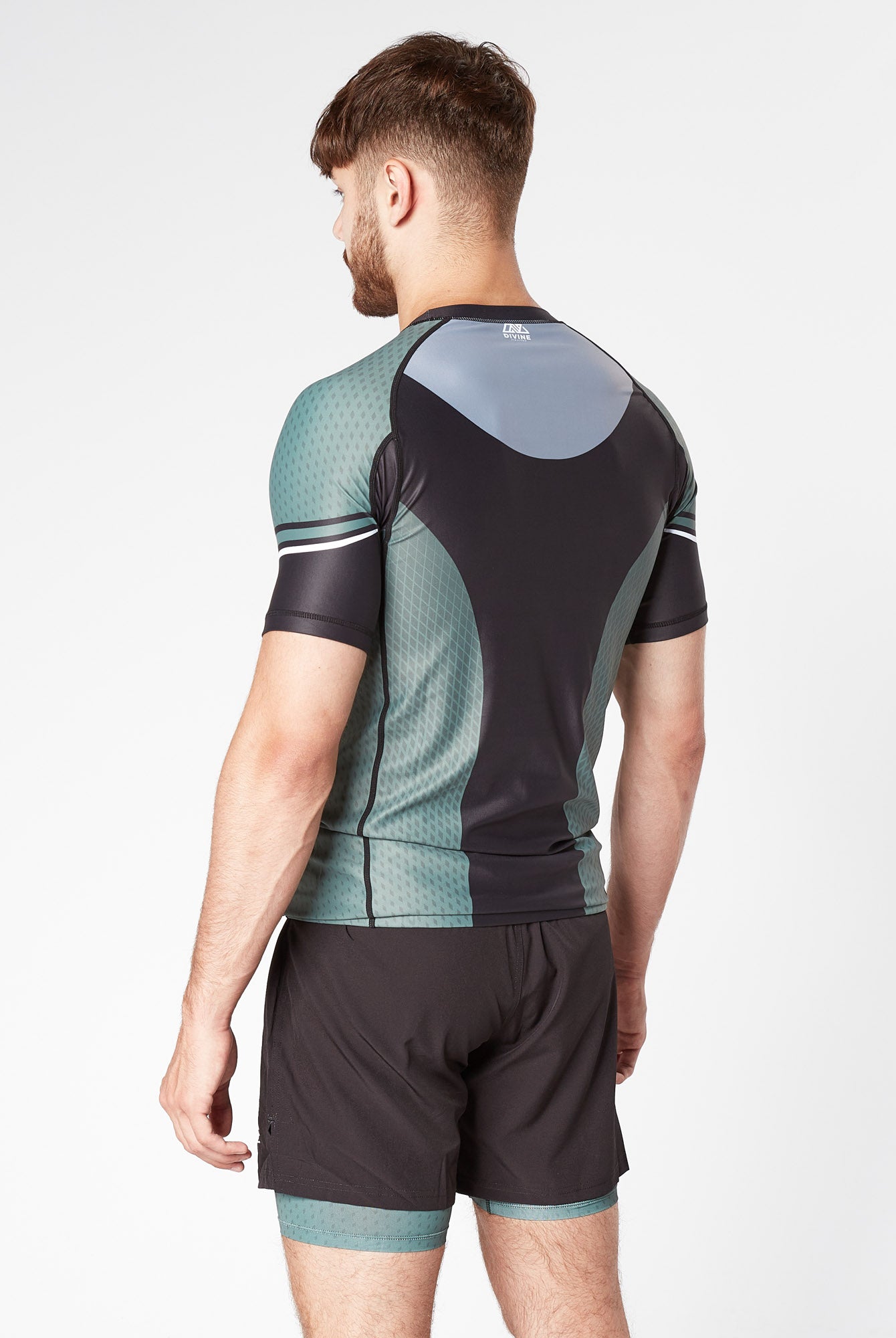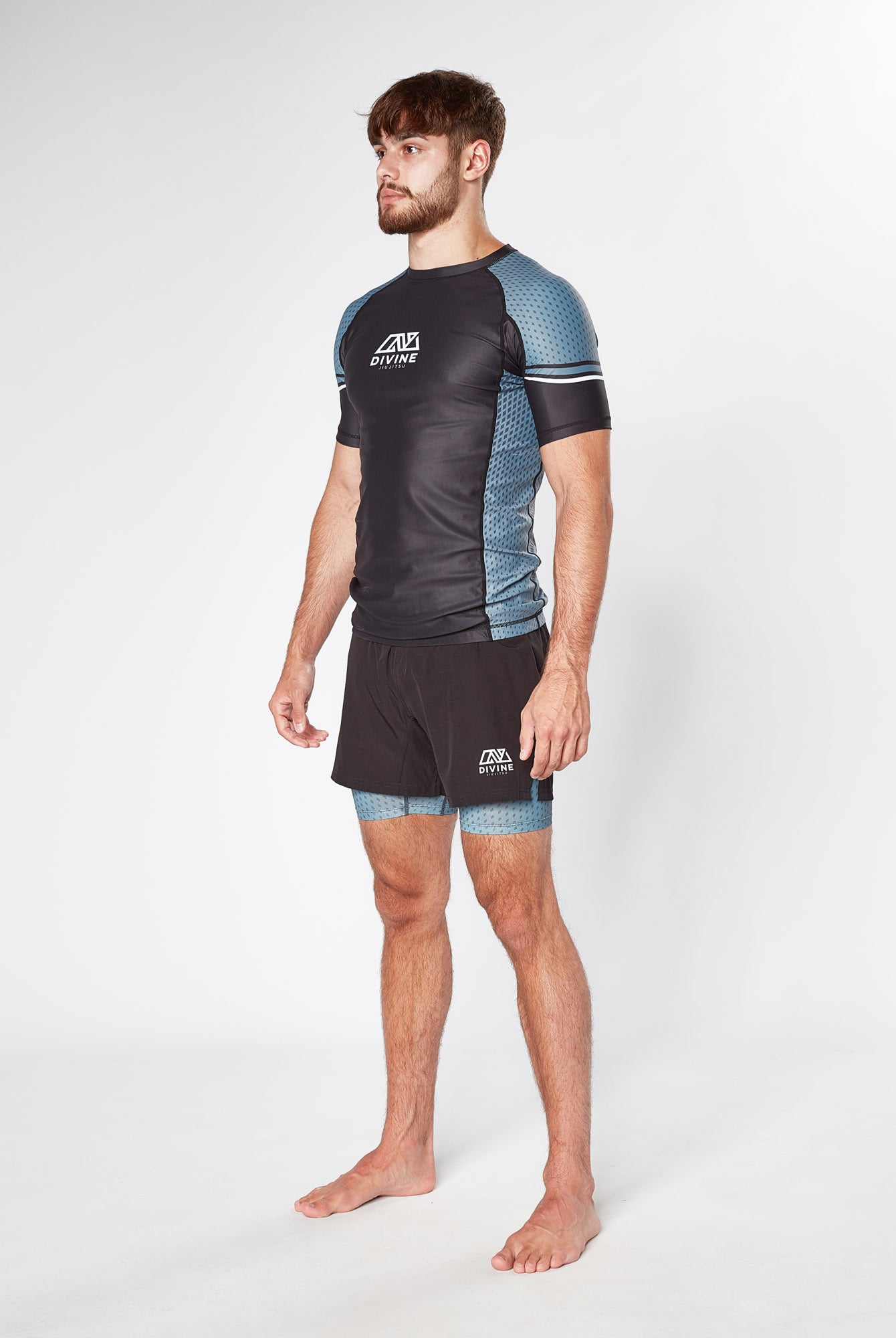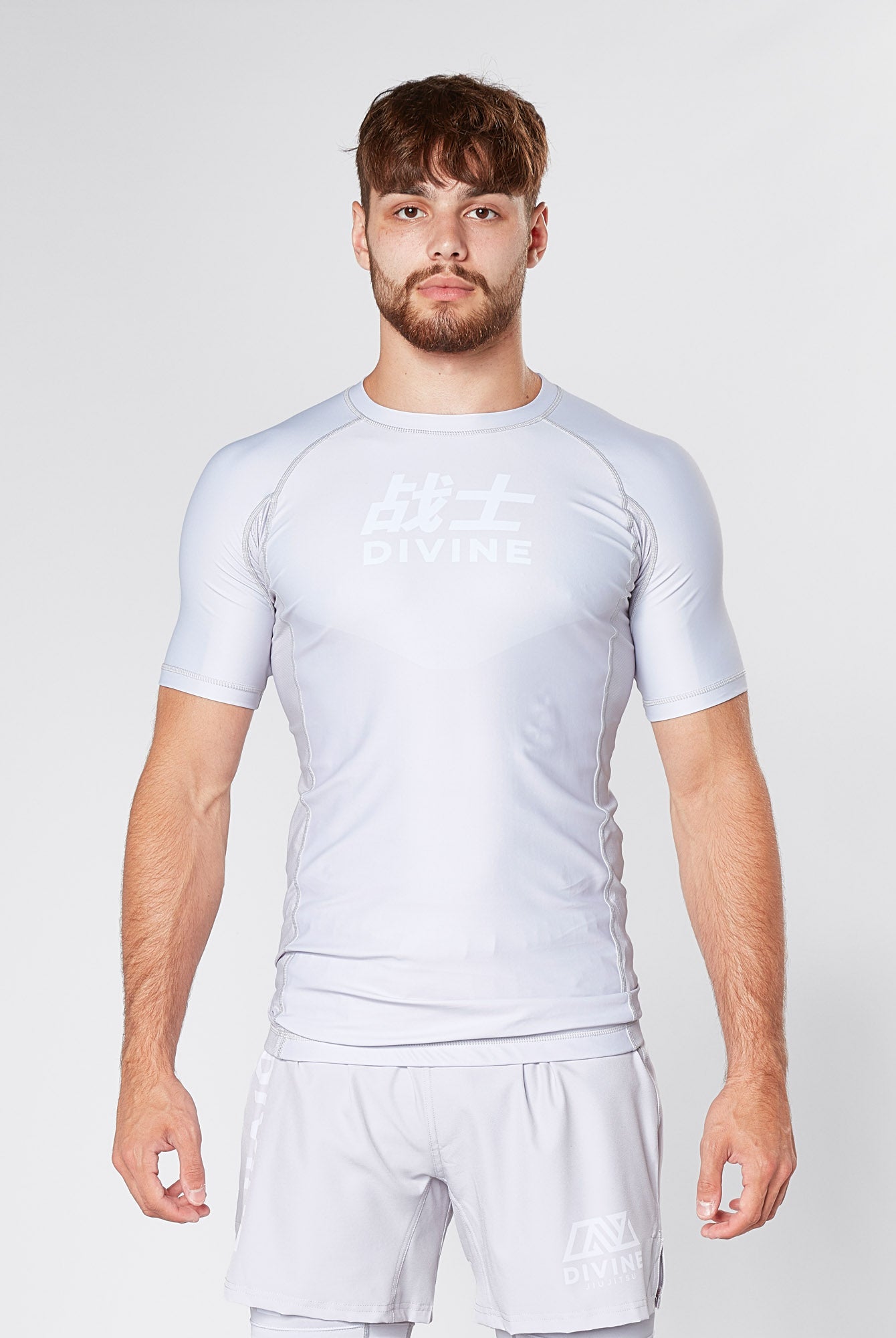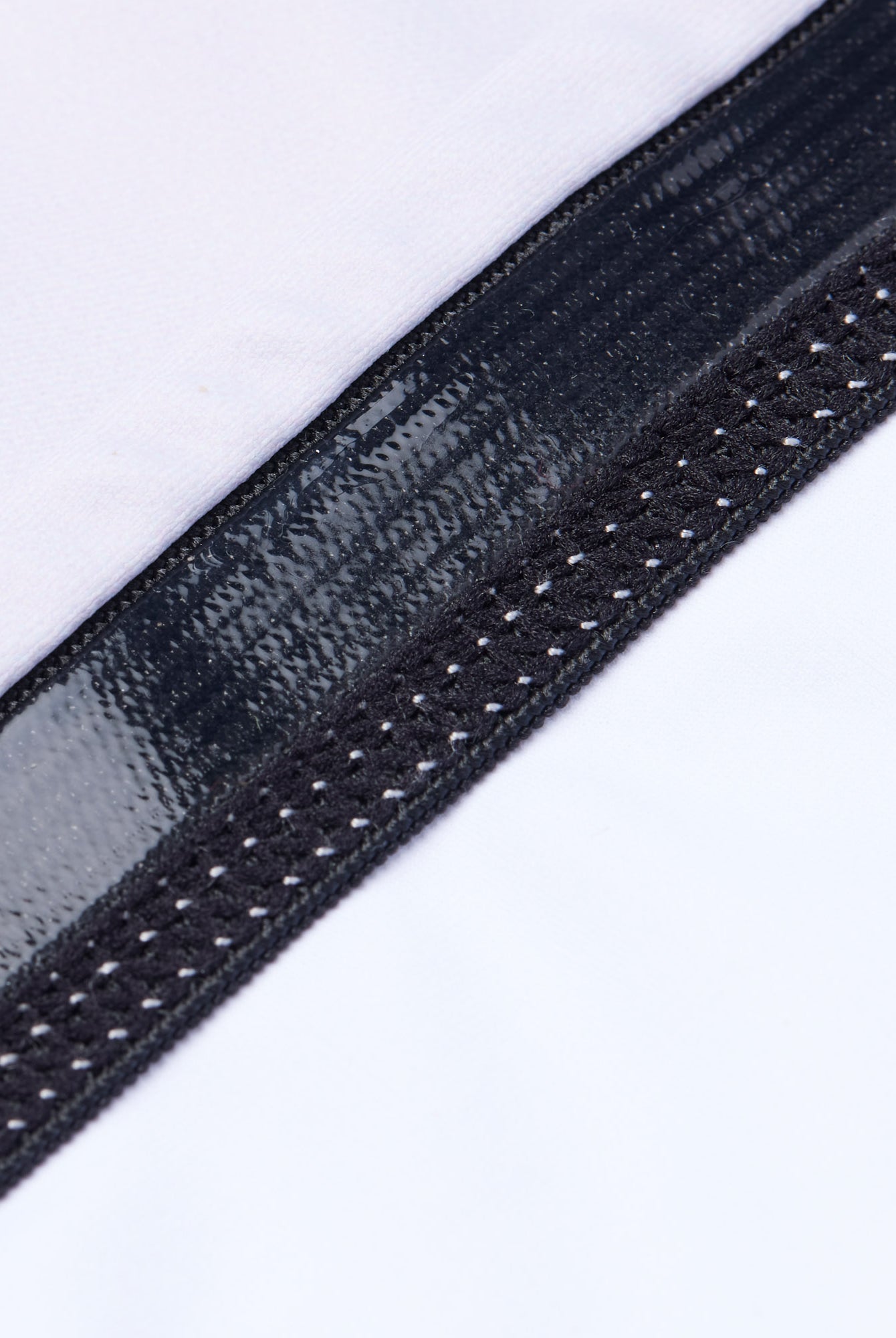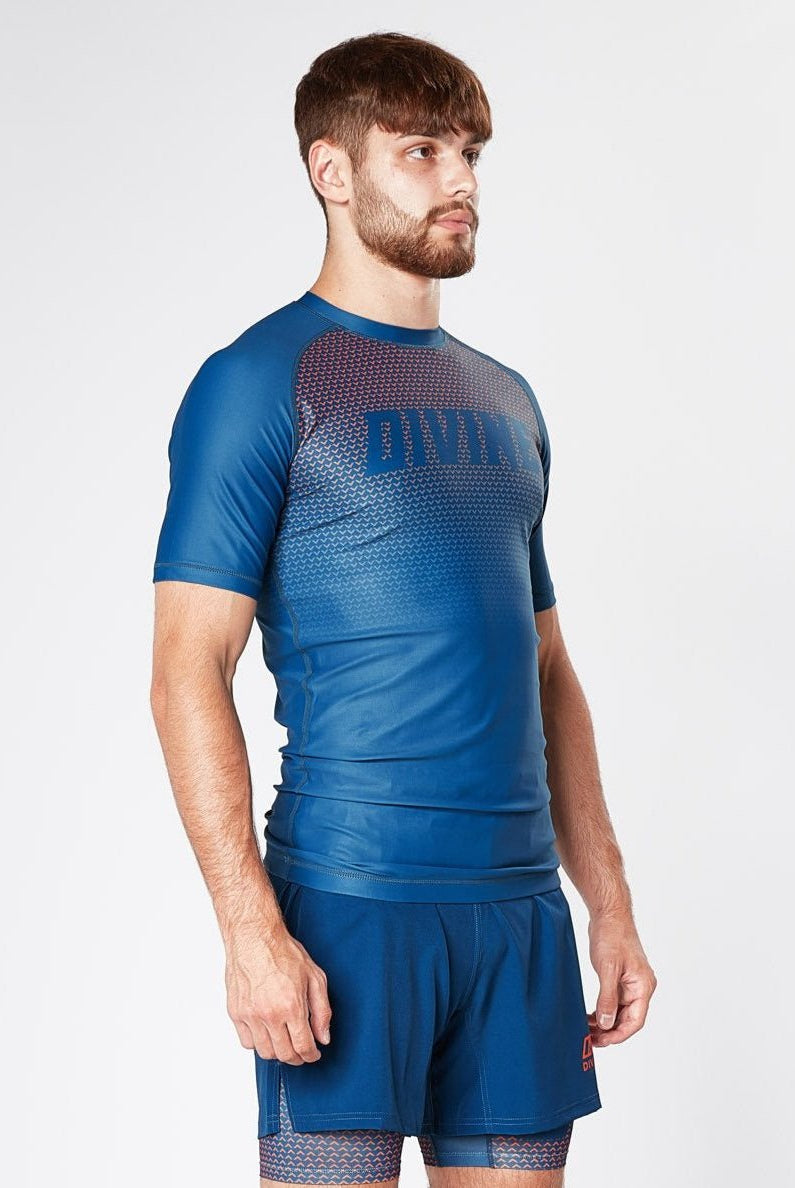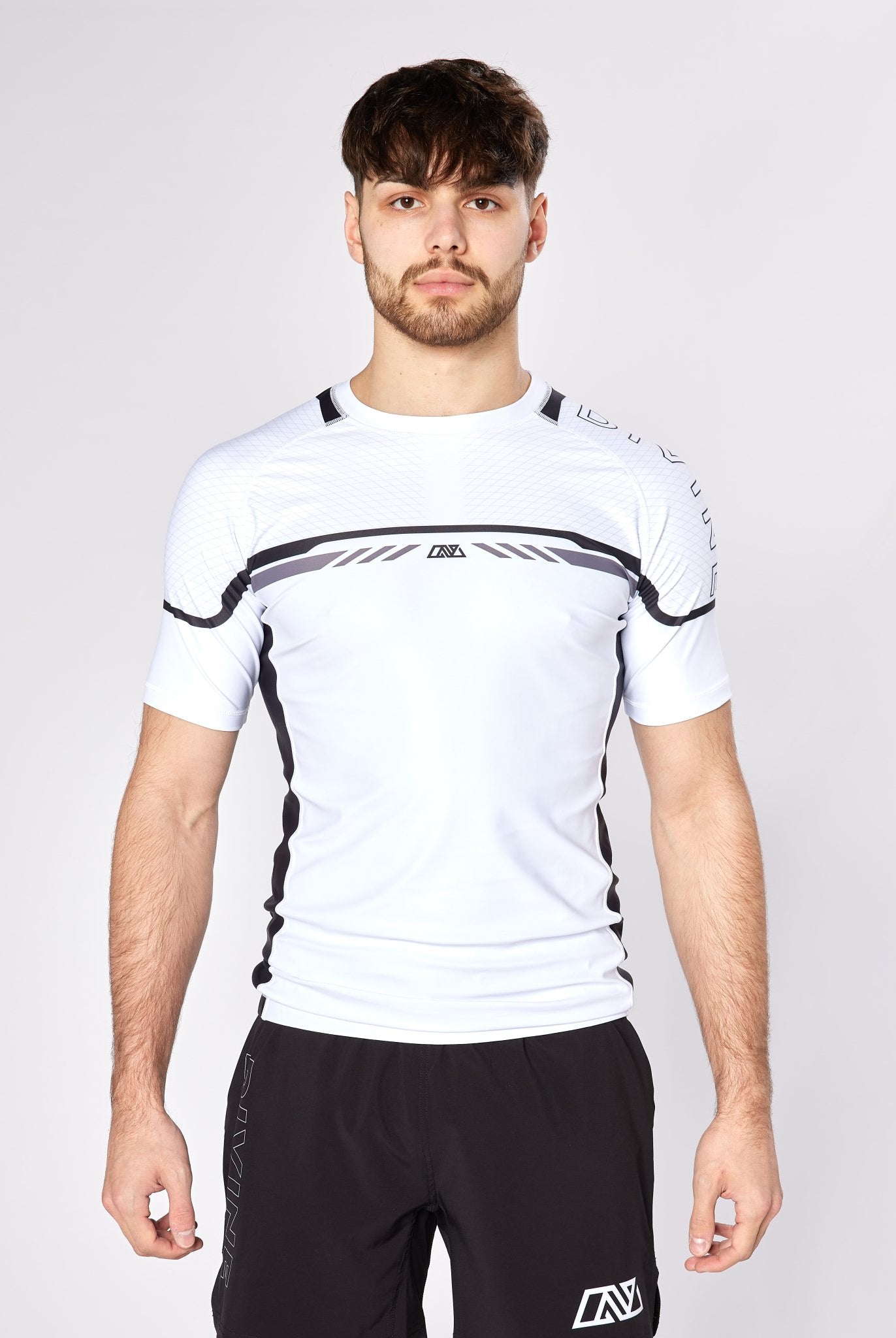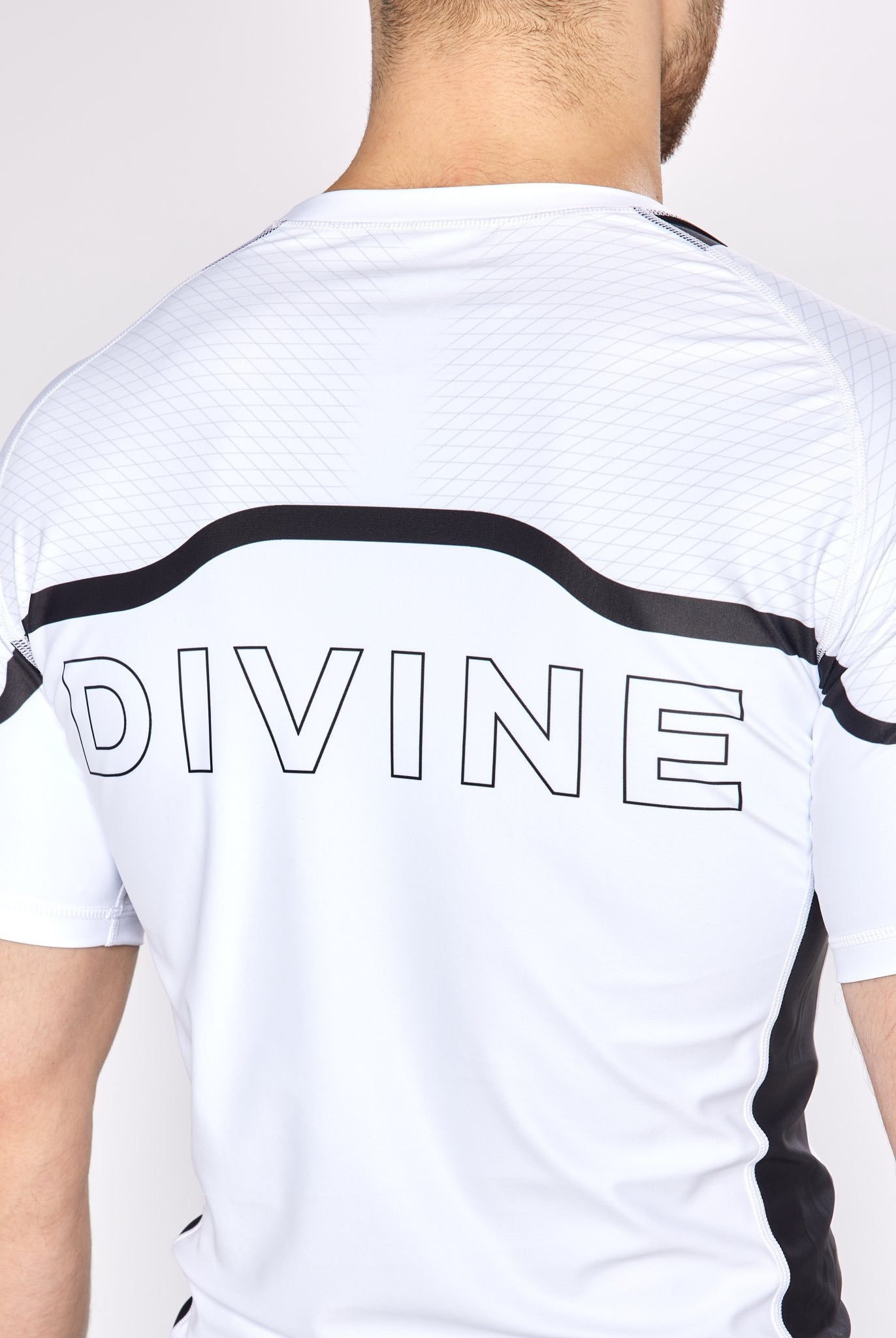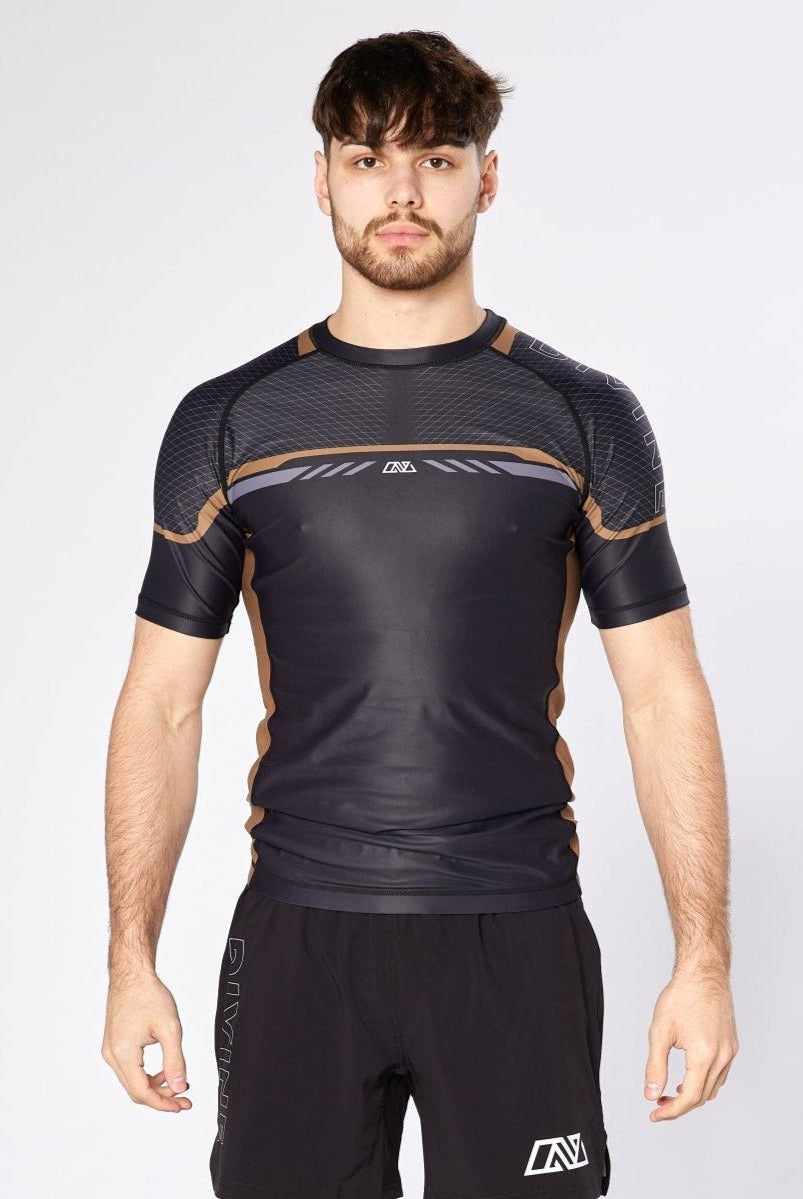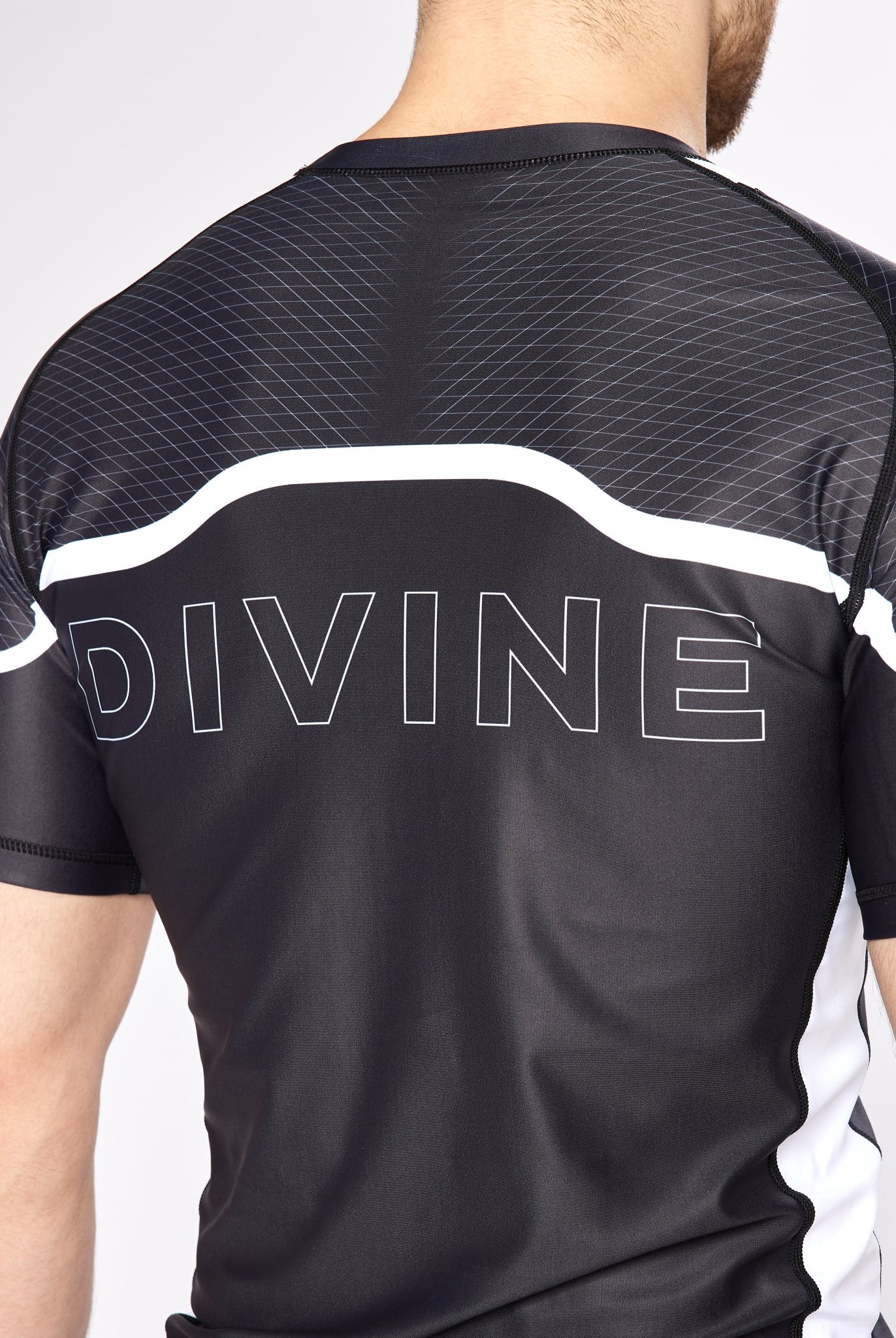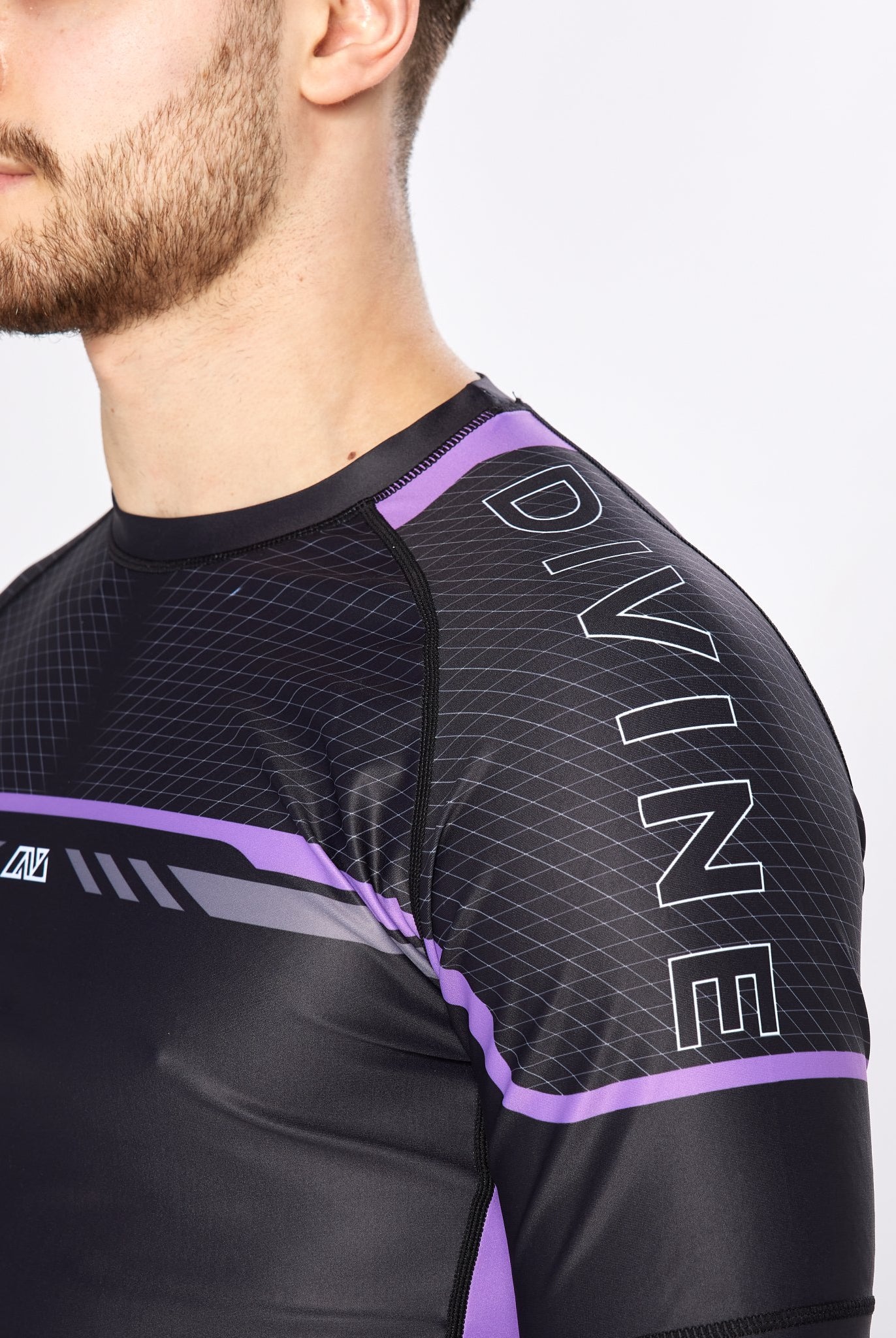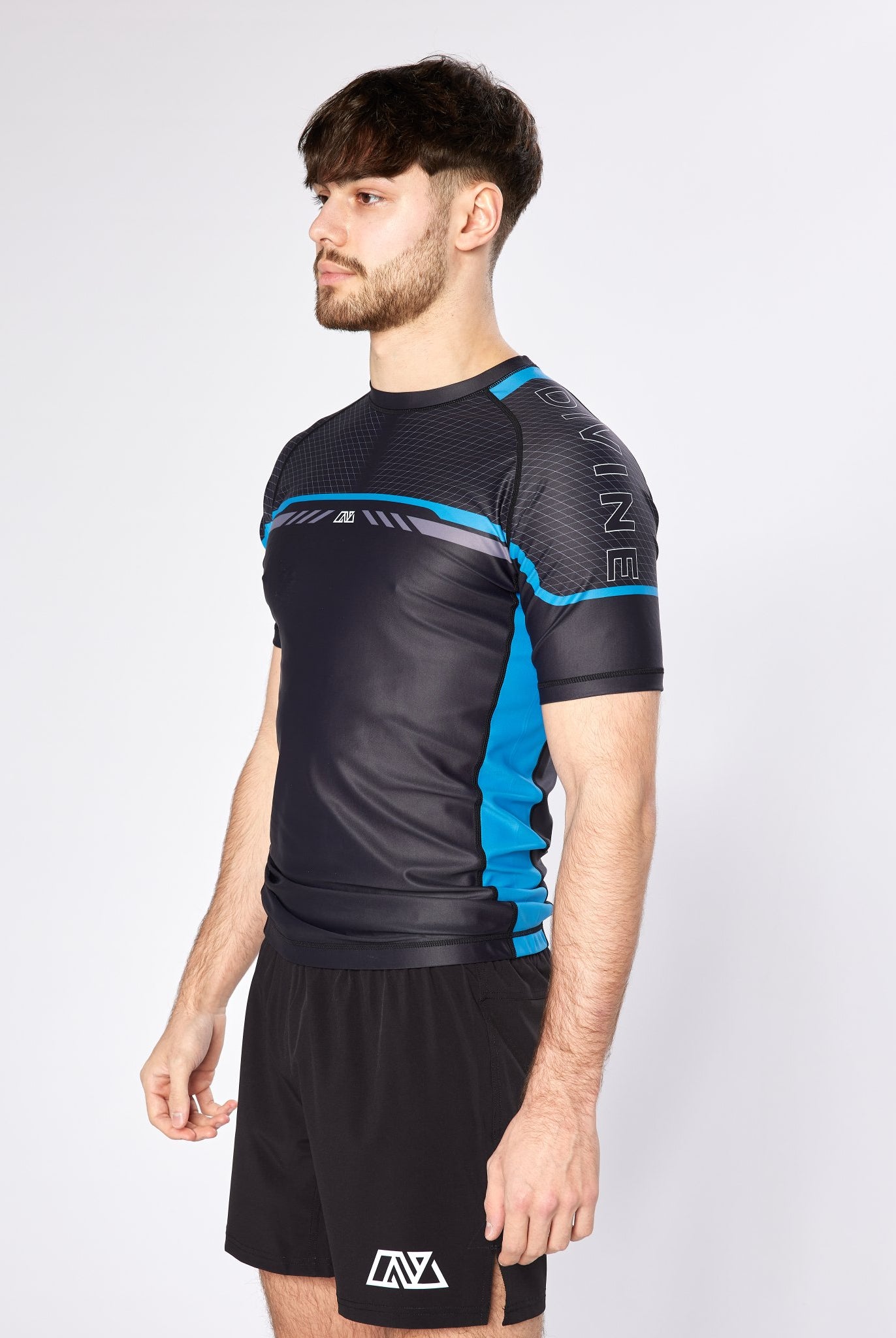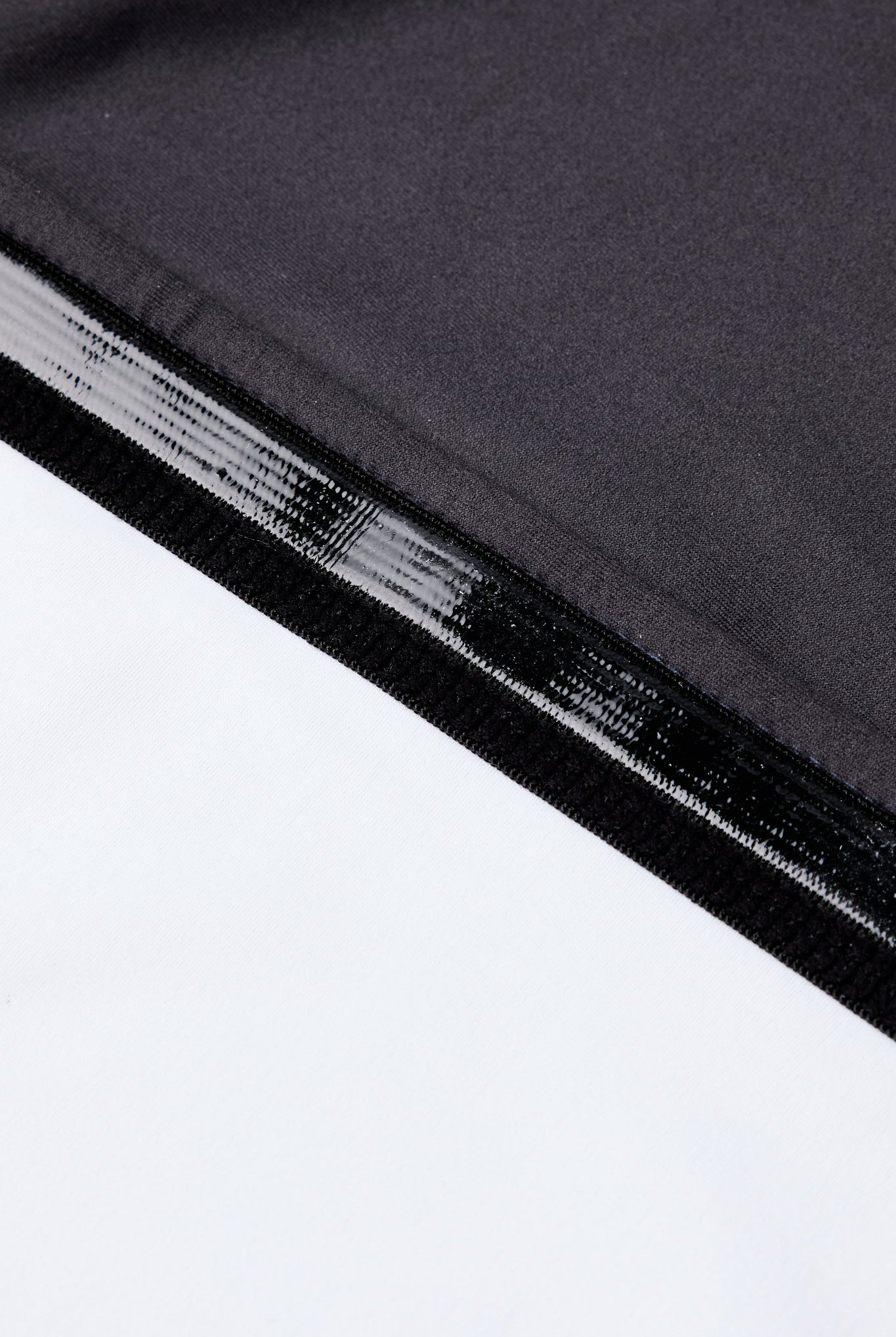Understanding fit and performance benefits
Rash guards are a popular choice for those participating in water sports, but wearers often question the fit. Wearing a loose rash guard is acceptable, especially for comfort or a casual look, but it may not provide the same level of protection and performance that a snug fit offers. Understanding how the fit impacts functionality can help individuals make informed choices based on their activities.
For those looking for freedom of movement or a relaxed feel, a looser fit can enhance comfort during long sessions in the water. However, for competitive or high-intensity activities, a tighter rash guard may be more beneficial, offering support and reducing drag. This balance between comfort and performance is essential in making the right decision.
Ultimately, the choice of a loose versus fitted rash guard depends on personal preferences and the intended use. Evaluating the trade-offs can lead to a more enjoyable experience in the water, ensuring that wearers are fully prepared for their activities.
Understanding Rash Guards
Rash guards are specialized garments designed for water sports and outdoor activities. They serve multiple purposes, from providing sun protection to reducing friction during water activities.
Definition and Purpose
A rash guard is a fitted shirt made from elastic materials like nylon or polyester. Its primary purpose is to protect the skin from abrasions, UV rays, and board rash caused by contact with surfboards or other equipment.
Rash guards offer thermal insulation when worn in cooler waters, enhancing comfort during activities like surfing, kayaking, or paddleboarding. They also help in regulating body temperature and wick moisture away, keeping the wearer dry.
Material and Design Considerations
Rash guards are typically made from blends of spandex and polyester, giving them a stretchy, comfortable fit. This material choice allows for ease of movement, essential for athletic performance.
When choosing a rash guard, consider the thickness and fit. A tighter fit helps to provide better sun protection and reduces water drag. Additionally, UV protection ratings and moisture-wicking qualities are important factors. Many rash guards come in various designs, patterns, and colors, allowing for personal expression while ensuring functionality.
Benefits of Wearing Loose Rash Guards
Choosing a loose rash guard comes with several advantages that enhance comfort, insulation, and adaptability in various water activities. This type of fitting allows for ease of movement while providing effective protection against environmental elements.
Comfort and Movement
Loose rash guards provide an exceptional level of comfort, particularly for extended wear. The relaxed fit allows for unrestricted movement, making it advantageous during activities like surfing or paddleboarding.
With a loose fit, skin irritation from chafing is minimized, especially in areas that experience friction from boards or watercraft. Many find that a looser garment does not cling to the body, creating a more breathable experience.
Additionally, these rash guards typically incorporate moisture-wicking fabrics, which can further enhance comfort by keeping the body dry. This combination of freedom and breathability makes loose rash guards ideal for long hours on the water.
Thermal and UV Protection
Loose rash guards serve a vital function in protecting the skin from thermal fluctuations and harmful UV rays. The fabric used in these garments is often designed to offer UPF (Ultraviolet Protection Factor), shielding the wearer from harmful sun exposure.
A loose fit allows for a light layer of air between the skin and the fabric, which can help in regulating body temperature. This feature is particularly important in warmer climates where overheating could become an issue during water activities.
Furthermore, the additional material coverage of a loose garment offers greater protection from aquatic environments, such as jellyfish stings or abrasive surfaces. This makes loose rash guards a practical choice for different water sports.
Versatility in Water Sports
Loose rash guards are highly versatile, accommodating various water sports effortlessly. Their relaxed fit allows them to transition smoothly between activities including swimming, surfing, and kayaking.
Many will find that a loose rash guard can be easily layered underneath wetsuits. This versatility means that they can adapt to changing conditions, providing both comfort and protection regardless of the setting.
Their adaptable nature also makes them suitable for casual beachwear. Whether lounging by the shore or engaging in more active pursuits, loose rash guards serve multiple purposes, making them a smart addition to any water-based wardrobe.
Considerations Before Choosing Rash Guards
Choosing the right rash guard involves understanding specific factors that impact fit and functionality. The following elements are crucial for ensuring optimal performance during various activities.
Fit and Sizing
Proper fit is essential for the effectiveness of a rash guard. A rash guard that is too loose may lead to chafing during vigorous movements. Alternatively, a tight fit may restrict movement and airflow.
To determine the right size, consider the following:
- Measurements: Check chest, waist, and hip sizes.
- Manufacturer Guidelines: Different brands may have varying sizing charts.
- Personal Preference: Some prefer a snug fit for support, while others opt for a looser fit for comfort.
Selecting the correct size ensures that the rash guard functions as intended, providing protection from UV rays and abrasions.
Activity-Specific Features
Different activities may require specific features in a rash guard. For surfers, a lightweight design enhances agility in the water. Conversely, for those engaging in outdoor sports, UV protection becomes essential.
Consider these factors based on the intended activity:
- Material: Look for moisture-wicking and quick-drying fabrics.
- Seams: Flatlock seams can minimize chafing during high-intensity movements.
- Padding: Some rash guards come with integrated padding for added protection during combat sports.
By focusing on these activity-specific features, individuals can choose a rash guard that suits their needs and enhances their performance.
Maintenance and Care
Proper maintenance and care of a loose rash guard ensures its longevity and functionality. Attention to cleaning practices and awareness of durability factors are essential for optimal use.
Cleaning Practices
When cleaning a rash guard, it is vital to follow specific guidelines to preserve its fabric and fit. Always rinse the garment in cold water immediately after use to remove saltwater or chlorine. This step prevents the buildup of odor and fabric breakdown.
Use a gentle detergent that is suitable for activewear. Avoid fabric softeners as they can impair the material’s moisture-wicking properties.
Washing Tips:
- Machine wash on a gentle cycle.
- Hang dry or lay flat; do not use a dryer to prevent shrinkage.
- Avoid exposure to direct sunlight when drying, as it may cause fading.
Durability and Lifespan
The lifespan of a rash guard hinges on its material quality and how well it is cared for. High-quality fabrics like nylon or polyester tend to last longer. Loose fitting options should also be examined for stitching and seams, as these areas can wear out faster if exposed to rough conditions.
Factors Affecting Durability:
- Frequency of use
- Exposure to chlorinated or saltwater
- Storage conditions
To extend its life, store the rash guard in a cool, dry place, away from direct sunlight. Regular inspection for signs of wear or damage will help maintain its functionality over time.



